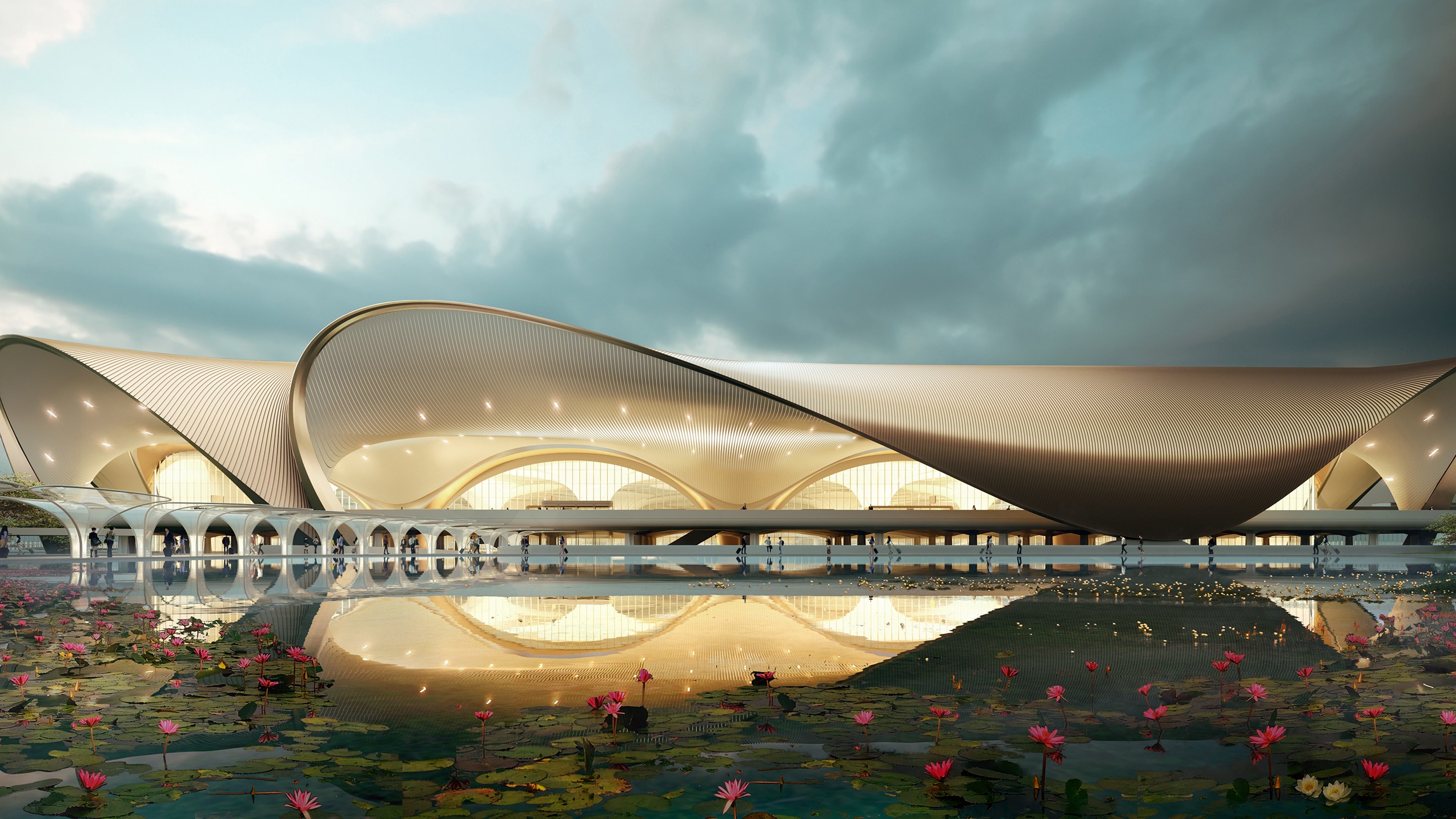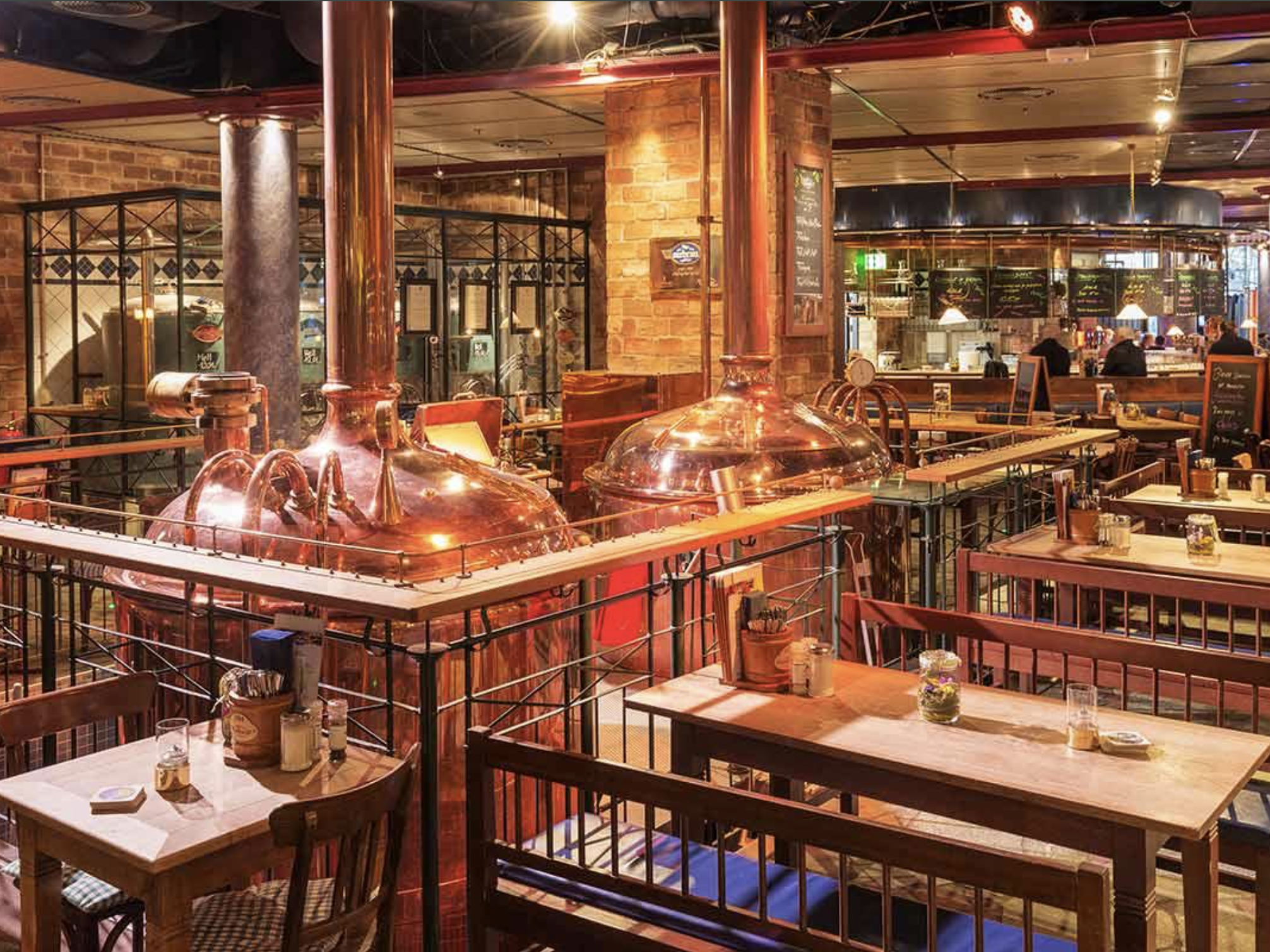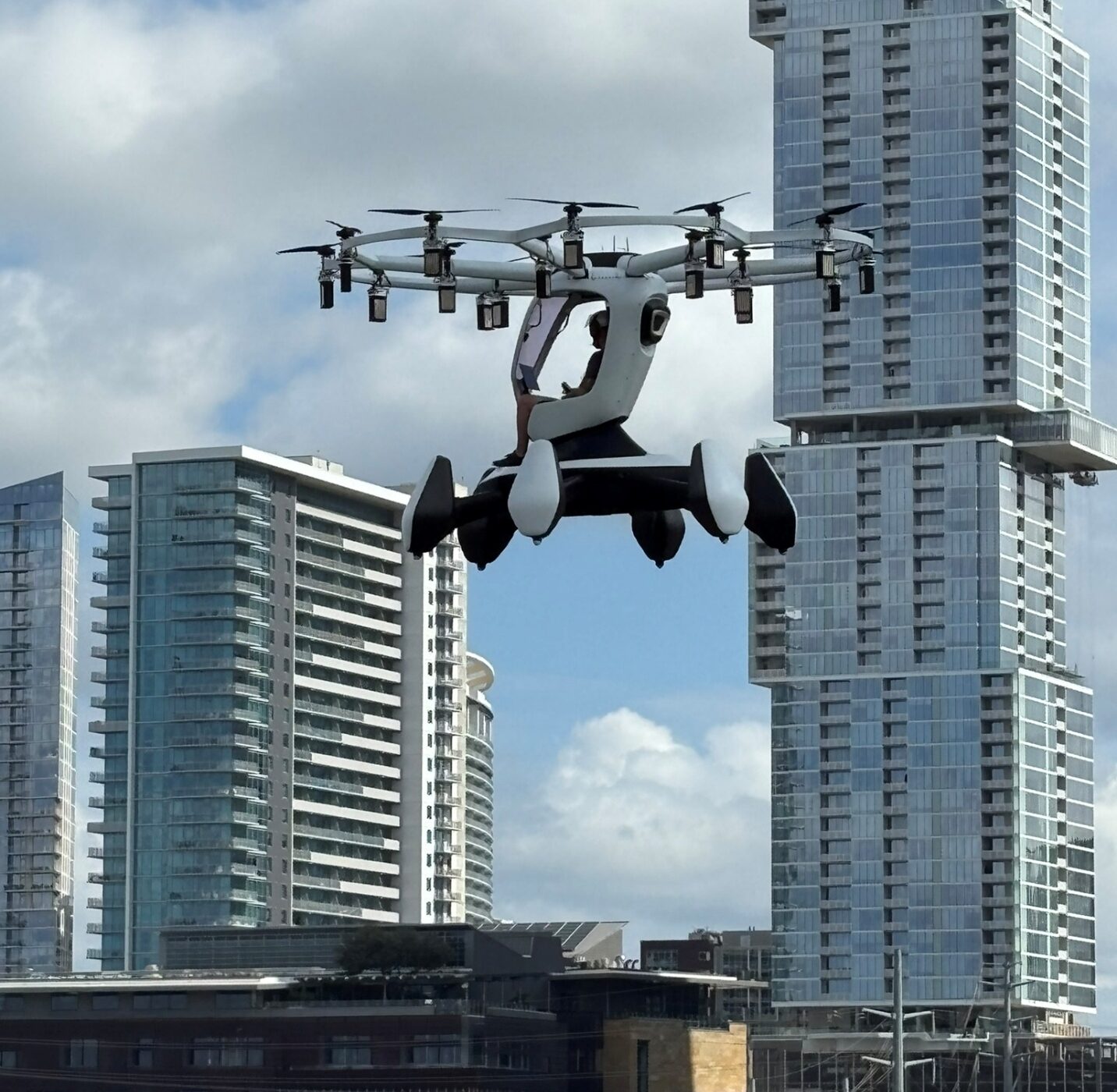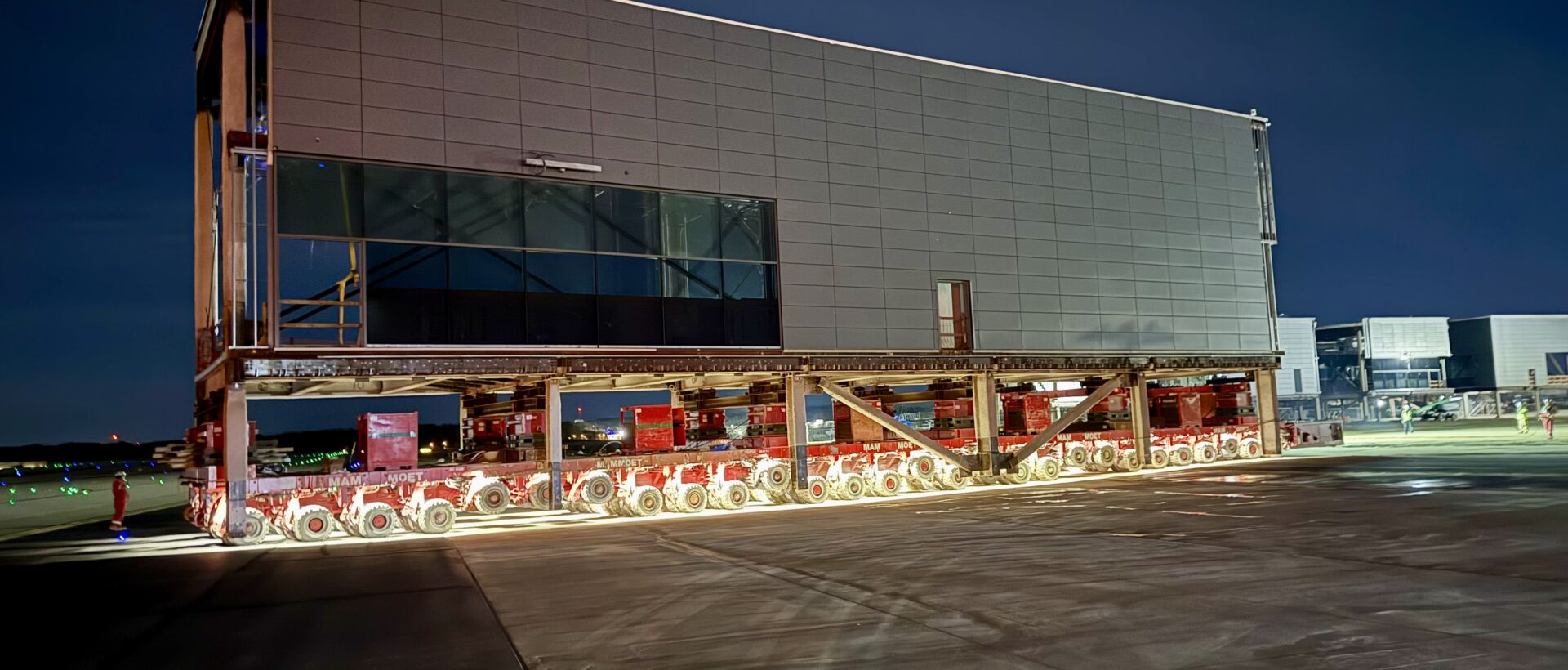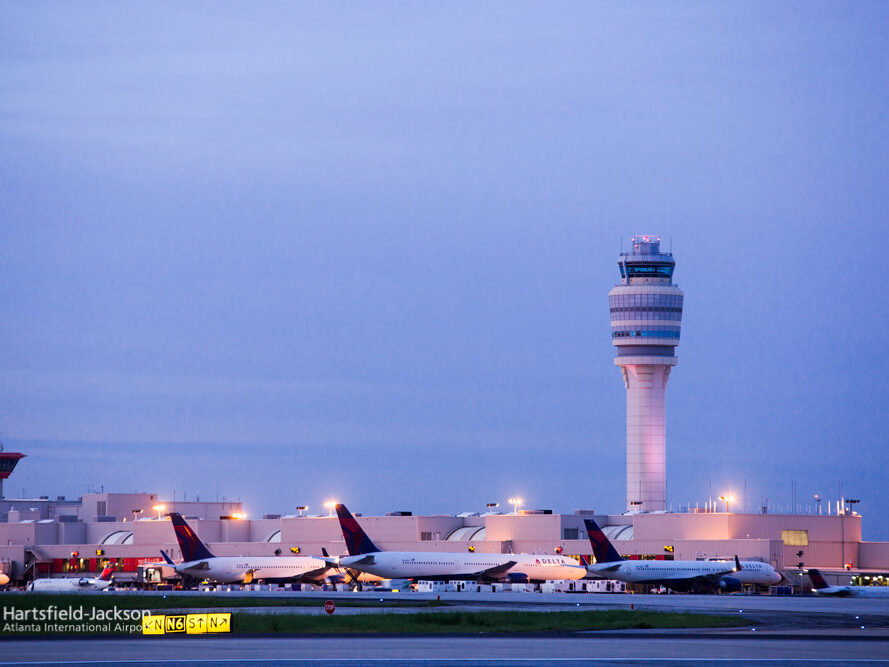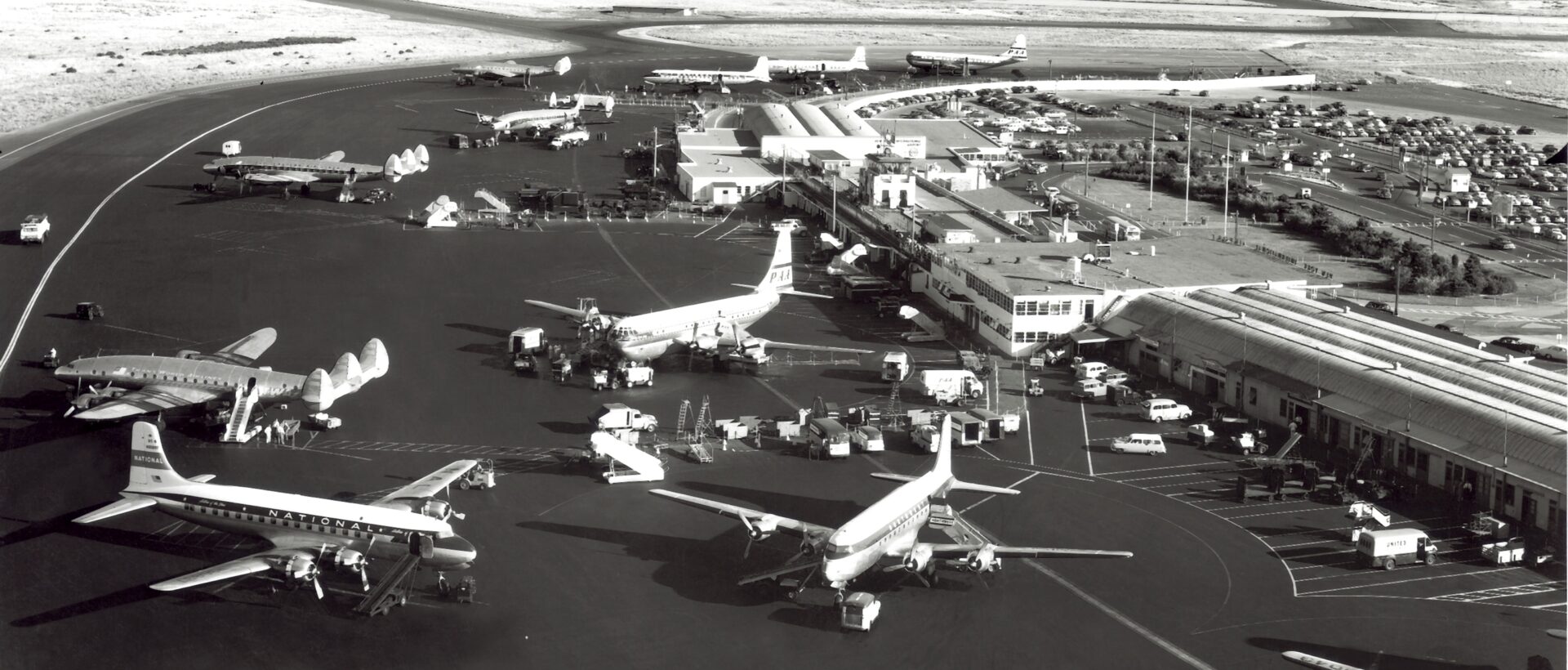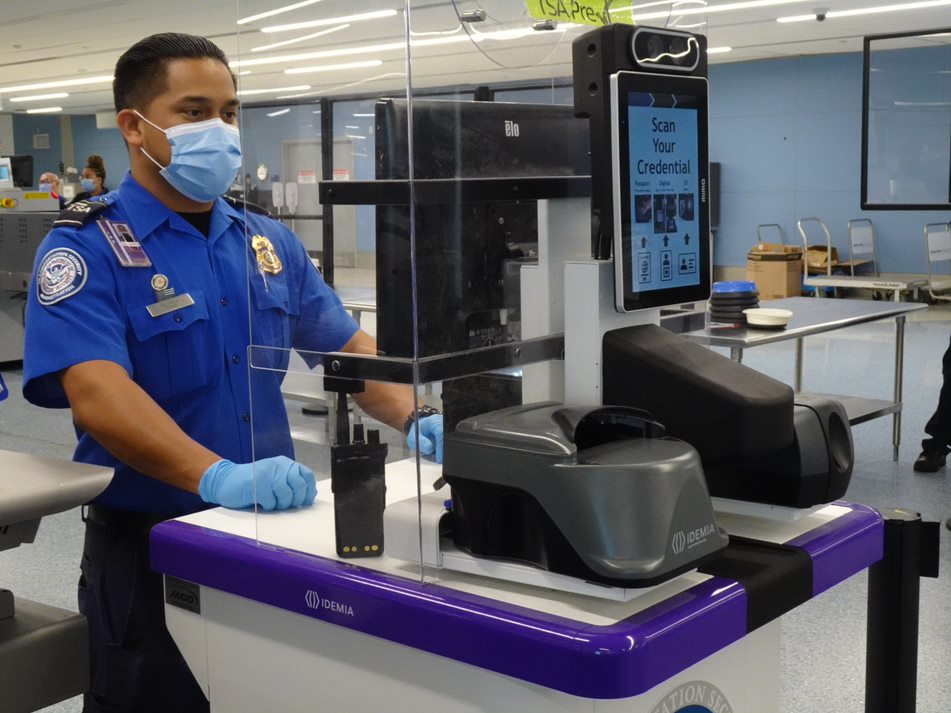Architects immersed themselves in the Pittsburgh region before designing the city’s new airport.
By Paul Hoback, EVP, Chief Development Officer, Allegheny County Airport Authority
Pittsburgh is in the midst of a renaissance defined by emerging neighbourhoods, an influx of new residents – and, next year, a new state-of-the-art airport reflective of that progress that will be the region’s front door.
The Steel City, although a beloved nickname for Pittsburgh, is now a misnomer. No longer defined by its steel industry, Pittsburgh has become a global hub for robotics and technology, sparking new products and services that reach well beyond the region.
Pittsburgh International Airport CEO Christina Cassotis said:If you take a look at the innovation that has come out of this community way back in history, that has impacted the whole world. And we intend to see that happen again through the lens of aviation and what we can do for that industry.
Pittsburgh International Airport’s new 1.57 billion USD terminal building is slated for completion this fall. Construction workers have been working since 2021 to build it, but the new terminal’s story began long before the construction site existed.
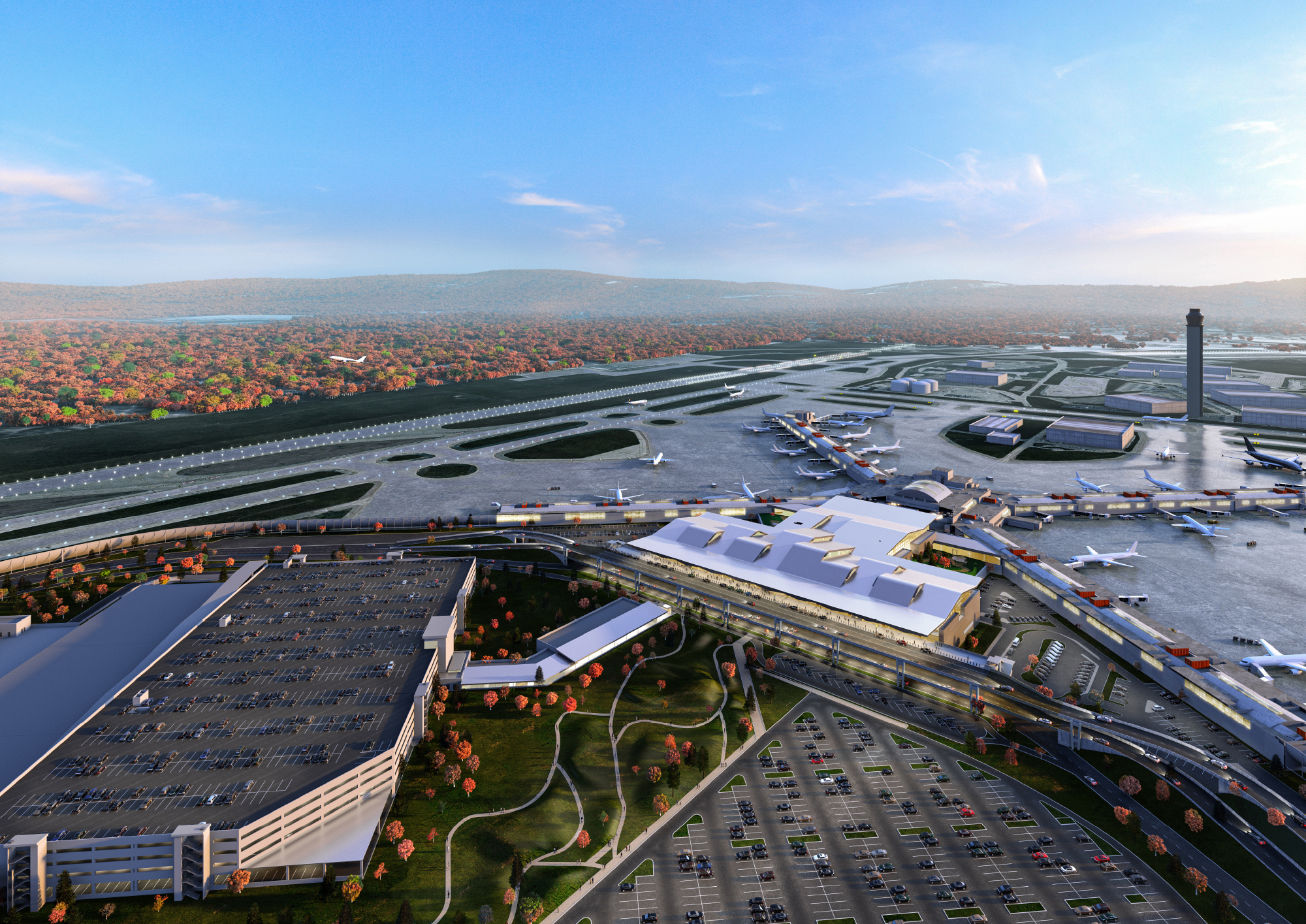
An Overnight Shift
Twenty years ago, when US Airways pulled its hub from Pittsburgh International Airport (PIT), the airport went from serving connecting travellers – most never to leave the confines of the airside terminal except to board their flight – to serving mainly origin- and-destination passengers: people beginning or ending their journey in Pittsburgh.
Despite that huge shift, the airport’s infrastructure did not change. Pittsburgh passengers were forced to fly through an airport that was not designed for them – a problem the team at PIT knew they needed to solve.
The answer? A new, state-of-the-art airport, but one that felt very authentic to the surrounding community.
Cassotis said:Pittsburgh has been very humble, and it’s time to be a little less humble. We’re going to do that through the building itself.
When Cassotis began her tenure at PIT in 2015, the airport was in the midst of a master planning process, addressing much-needed updates and adapting to the shift from a hub to an origin-and-destination airport.
But the seed of the idea for the new airport’s design came from a less formal conversation.
Jeff Fegan, a former CEO of Dallas-Fort Worth International Airport (DFW), suggested moving the landside terminal building, an idea he illustrated for Cassotis on the back of a napkin. That idea eventually became the blueprint for the PIT’s terminal modernisation.
From there, it was time to select architects who could take a thoughtful approach to translating Pittsburgh’s story into the new terminal’s design.
A Collaborative Approach
From the beginning, the PIT team was heavily involved in the design process.
Cassotis said:We realised we had a real opportunity to modernise our infrastructure and to really have it reflect and serve the community through the design. We wanted to make sure that what was being built was an airport for Pittsburgh; it was going to reflect this region, and it was going to feel like it reflected the community. We partnered with architects that would really understand the community and reflect the spirit of Pittsburgh through the terminal’s design.
PIT held interviews to find a firm with the talent and experience to blend airport infrastructure updates with an essence of the Pittsburgh region. And after a rigorous interview process, airport leadership decided on a different approach — one that was centred around collaboration. This process allowed us to be very strategic and selective – zeroing in on design teams that were not only innovative and disruptive, but ones that would also welcome a collaborative approach to the project.
Ultimately, PIT turned a competition between many design firms into a partnership, selecting both Gensler, HDR and Luis Vidal + Architects, firms that had complimentary visions for the new terminal. Their competitive partnership helped PIT take several steps forward in translating a vision for the new terminal into reality and also pushed the design up to new heights.
Reintroducing Pittsburgh to the World
To create the future of the region, the design team first had to understand its history. Pennsylvania was founded in 1681 via land grant from King Charles II of England to William Penn. The province was abundant with forests, or woods – silvae, in Latin. And late 17th Century monarchs were creatively literal when naming colonies. So, the land grant was named Penn’s Woods… Penn-silvae… Pennsylvania.
Luis Vidal, founder and president of Luis Vidal + Architects, part of the architectural team that designed the new terminal, said:We designed the new terminal as a pavilion in Penn’s Woods.
And although Pittsburgh’s past featured coal, steel and smoke, the present and future look very different.
Bill Flanagan, Special Advisor, Allegheny Conference on Community Development added:We wanted to showcase the innovation that’s emerging in Pittsburgh. We wanted to get a feel for how the future is being invented here.
Airport leadership took the newly assembled team on immersion tours of the Pittsburgh community to convey a sense of the region they wanted to incorporate in the design of the new PIT.
Coupled with numerous sessions with airport and community leadership, the tours guided the architectural team in formulating its design concept, with the objective of creating more connectivity and enriching the passenger experience.
Jim Jarvis, Senior Vice President at Ricondo & Associates, an aviation consultant and expert on the project, said:The architects involved in the new terminal design were very conscious, not just of the airport needs but the community needs and the region this airport sits in.
The out-of-town designers were shocked to see the natural landscape Pittsburgh has to offer. Suddenly, the grays they thought represented Pittsburgh became lush greenery. The old-fashioned mindset was replaced by a culture of innovation.
The design team also visited local Pittsburgh neighbourhoods, discovering buildings in communities that have been a core part of the region for over 100 years.
Flanagan said:We didn’t want it all to be about innovation. We wanted to make sure they had a grounding for what makes Pittsburgh, Pittsburgh.
By immersing themselves in Pittsburgh’s rich landscape, the architecture teams’ ideas started to materialize. Suddenly, Pittsburgh’s past shaped its future.
Cassotis said:It’s a story about the history, but also the future and where we’re going.
Inspired by Nature, Technology, Community
The new terminal encourages connection and perspective through an experience representative of Western Pennsylvania.
Guided by a design concept now known as NaTeCo – Nature, Technology, Community – the new PIT will be a gateway bringing the world to Pittsburgh, and a representation that defines Pittsburgh to the world. NaTeCo incorporates core elements of the region into the new PIT terminal, creating an improved visitor experience that promotes connection.
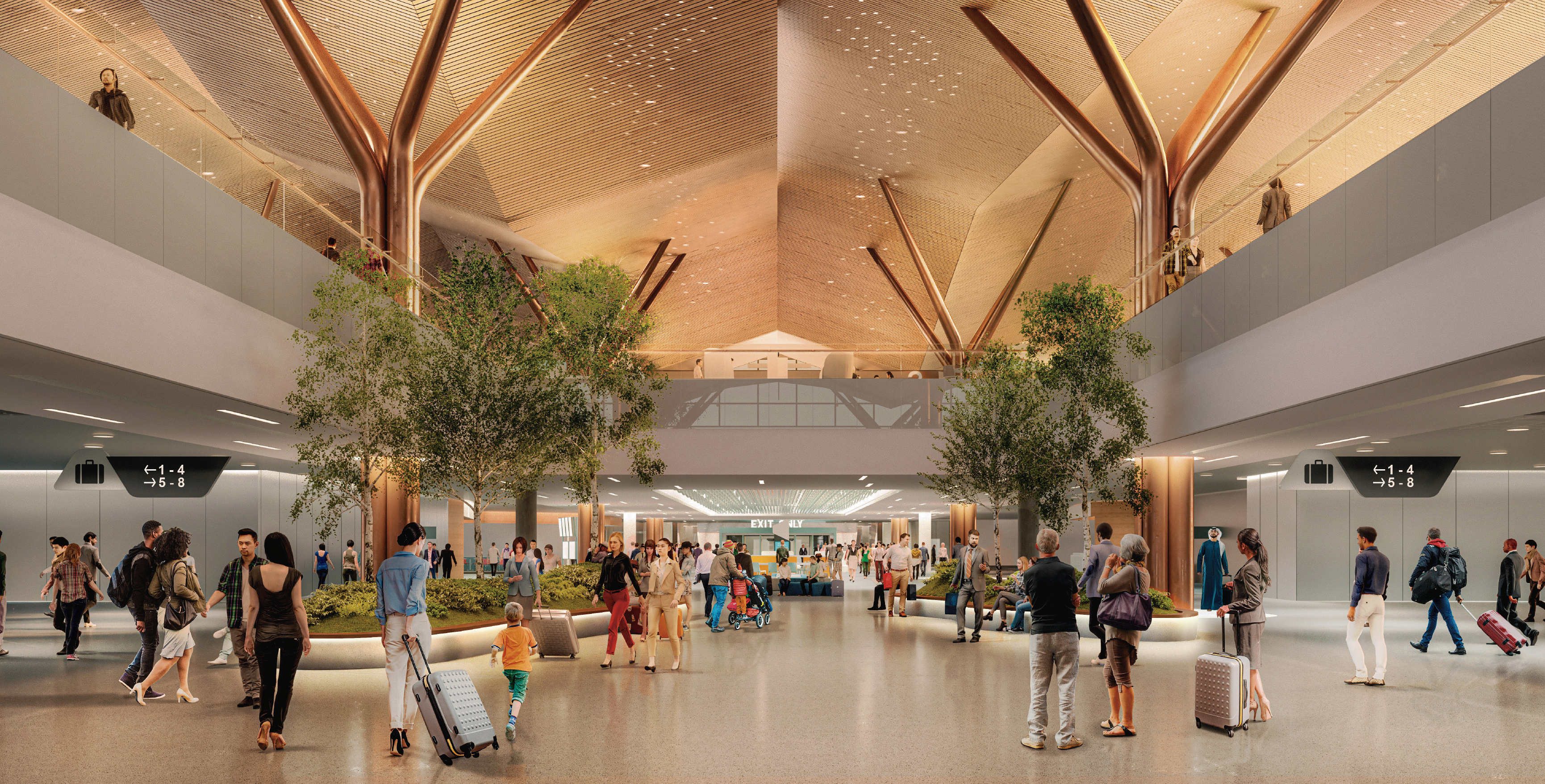
From the tree columns and constellation lighting introducing visitors to a new perspective and focus on bringing nature into the terminal, to the undulating roof design representing the rolling hills of Western Pennsylvania – every element of the new PIT works in harmony to create something that will leave its mark on the region and elevate the future of travel.
Rick Lee, Implementation Manager, Paslay Group, part of the terminal modernisation team said:In one’s airport, wherever you live, you always look at that as an element of yourself. It represents your city, your region. This is going to change everything for Pittsburgh.
Architect Carolyn Sponza, Pittsburgh studio lead and principal at Gensler said:What I think this airport design is doing is really bringing the local flavour, colours, texture of Pittsburgh and the Western Pennsylvania region, but it’s also creating those memorable spatial moments where people are going to just pause and relate to all five of the senses.
Lee has been a liaison between the architectural team and the airport, helping to transform the architectural design into a reality.
Building connectivity into architecture is a novel idea for an airport. The principle of enhancing the passenger experience through spatial relation to a region, its industry, its history and its people help enrich air travel.
Guided by the NaTeCo design concept, the new PIT will impart a sense of the familiar — home — while introducing visitors to Pittsburgh.
Vidal said:The use of nature — natural light, ventilation, colour, vegetation, outdoor activity — all those things are very rare in an airport, and this will be one of the very first airports in the world to take advantage of all these possibilities.
The environment is also reflected in the new terminal’s structural tree columns, its roof representing the rolling hills of the region and its four green terraces, showcasing native plants and hydrated with rainwater collected from the roof.
Technology is woven seamlessly into the design concept. While many of the improvements will operate in the background, travellers will notice that the security checkpoint and baggage claim are modern and faster.
The ‘Meeter-Greeter’ Experience
Pittsburgh celebrates a number of special traditions. We put fries on our food, wave towels at sporting events – and come to the airport to meet and greet friends and loved ones.
It is known as the meeter-greeter phenomenon, and it is something the Pittsburgh community endearingly does with statistical significance.
Bill Peduzzi, senior vice president, aviation, with HDR said:With the NaTeCo concept, we looked at every element of the design from the time a passenger or meeter-greeter would enter the property. The (airport) really challenged us to bring the passenger and the meeter-greeter experience to a whole different level.
Later this year, meter-greeters, passengers and the aviation industry will be able to see the latest example of Pittsburgh’s renaissance for themselves.
Richard Belotti, PIT’s former Vice President of Planning, now retired said:Pittsburgh has been through so many lows over my lifetime, and it’s always rebounded. It’s a sign of resilience.
Through this project, Pittsburgh International Airport is becoming a model for the aviation industry, the future of airport design and the importance of authenticity that’s reflective of the surrounding community.
Paul Hoback is an Executive Vice President and Chief Development Officer for the Allegheny County Airport Authority. In this role, he is responsible for Pittsburgh International Airport’s Terminal Modernization Program, as well as leadership, oversight and strategic direction for all capital development projects.



